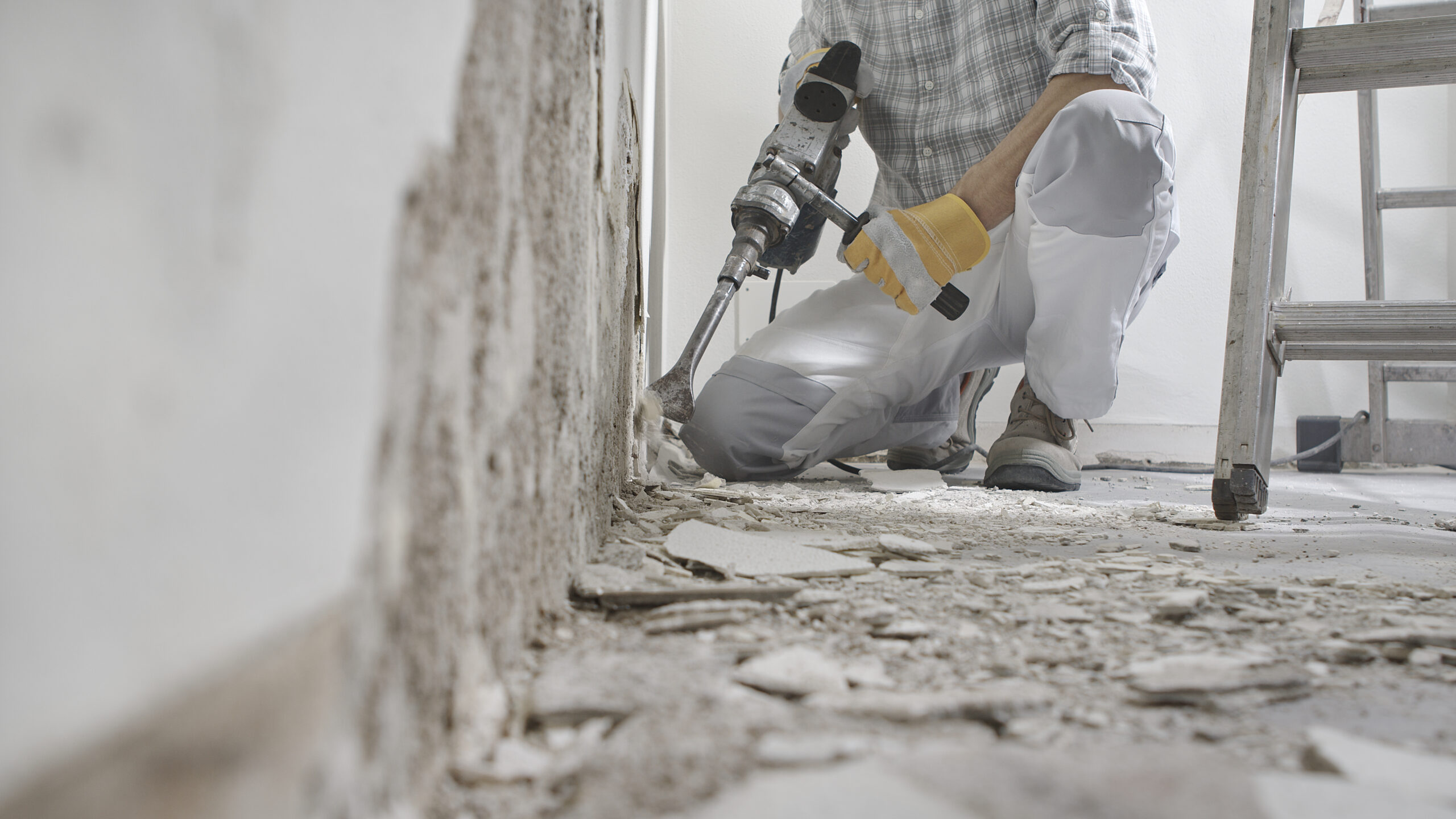When I first stepped into the restoration industry over thirty years ago, things looked a lot different. The tools were simpler, the processes more manual, and the awareness around issues like mold, indoor air quality, and environmental health was still emerging. Fast forward to today, and restoration has evolved into a highly technical, regulated, and customer-focused field. As someone who’s had a front-row seat to this transformation, I can say with confidence that these changes have been for the better—improving outcomes for both professionals and the people we serve.
In this blog, I want to walk you through some of the biggest shifts I’ve witnessed in the restoration world over the past three decades. Whether you’re a homeowner, property manager, or fellow industry professional, understanding this evolution can give you a deeper appreciation for what we do—and why it matters more than ever.
Technology Has Transformed the Toolbox
When I started out, restoration work relied heavily on experience, intuition, and a lot of manual labor. Moisture detection was done with basic meters (if at all), and documentation involved Polaroid photos and handwritten notes. Now, the tools of the trade include thermal imaging cameras, moisture mapping software, digital hygrometers, and remote monitoring systems that track drying progress in real time.
This leap in technology means we can now pinpoint water intrusion sources with greater accuracy, document damage more thoroughly, and verify that spaces are truly dry before repairs begin. It’s also helped raise industry standards. Homeowners today expect clear communication and proof of work—and we’re better equipped than ever to deliver both.
The Rise of Mold Awareness and Regulation
Back in the early ’90s, mold wasn’t on most people’s radar. Sure, we knew it could grow after water damage, but the health implications weren’t widely understood. There were no licensing requirements for mold assessment or remediation, and very few guidelines existed for safe removal.
That changed dramatically in the early 2000s, especially in states like Florida, where humidity makes mold a near-constant threat. Today, mold is recognized not just as a nuisance but as a legitimate indoor air quality concern. Strict licensing laws and remediation protocols are now in place to protect homeowners—and to ensure professionals like myself are trained, insured, and held accountable.
I became a licensed mold assessor to help clients get the most accurate information about what’s happening in their homes. The separation between mold assessment and remediation was a major step forward in ensuring objectivity and avoiding conflicts of interest. It’s also helped earn more trust in the industry.
Insurance Claims Have Grown More Complex
Over the years, I’ve worked on countless insurance claims tied to water, fire, and mold damage. In the early days, the process was more straightforward. Today, navigating insurance has become more complicated—both for homeowners and restoration professionals.
There are more requirements for documentation, more scrutiny on scope of work, and more back-and-forth with adjusters. While this can be frustrating, it’s also raised the bar for professionalism in the field. Restoration companies now need to understand not just building science but also the ins and outs of policy language and claims procedures.
For clients, this means it’s more important than ever to choose someone with experience—not just in mitigation, but in helping you navigate the insurance process fairly and efficiently.
A Greater Focus on Health and Safety
One of the most meaningful changes I’ve seen is the shift toward protecting occupant health. In the past, restoration was primarily focused on structural concerns—removing damaged drywall, drying floors, patching leaks. Today, there’s an increased awareness of how environmental contaminants like mold spores, bacteria, and VOCs (volatile organic compounds) can impact indoor air quality.
We now approach every job with health and safety as a top priority. From using containment barriers and HEPA air scrubbers to performing clearance testing after remediation, our work is not just about fixing what’s visible—it’s about restoring a safe, healthy living environment.
As an environmental health specialist, this shift aligns perfectly with my mission. I don’t just assess damage—I help people understand how that damage may be affecting their wellbeing, and what can be done to restore balance in their homes.
Customer Expectations Have Risen—and That’s a Good Thing
Perhaps the most noticeable shift over 30 years has been in customer awareness. Thanks to the internet, TV shows, and social media, homeowners today are more educated about restoration work. They know the risks of mold. They understand the importance of quick response after water damage. And they expect professional service, detailed communication, and real results.
While this can add pressure, it’s ultimately a positive development. In this industry, accountability leads to better work. As someone who’s built a reputation on integrity and thoroughness, I welcome these higher standards. They push all of us to keep learning, improving, and serving people at the highest level.
Where We’re Headed—and Why I’m Still All In
As I reflect on three decades in the restoration industry, I’m both proud of how far we’ve come and excited for what lies ahead. Emerging technologies like AI-powered inspections, advanced building materials, and smarter home systems are already shaping the future of how we detect, respond to, and prevent damage.
But even with all this change, one thing remains constant: restoration is about helping people during some of their most stressful moments. Whether it’s a burst pipe, a flooded kitchen, or a hidden mold problem, homeowners turn to us for clarity, support, and peace of mind.
That’s why I continue to do this work. Not because it’s glamorous, but because it’s meaningful. After 30 years, I still get satisfaction from solving problems, educating my clients, and making homes healthier and safer.
If you’re facing damage in your home or simply want an expert eye to evaluate your space, I’m here to help—with decades of experience and a passion for getting it right.
